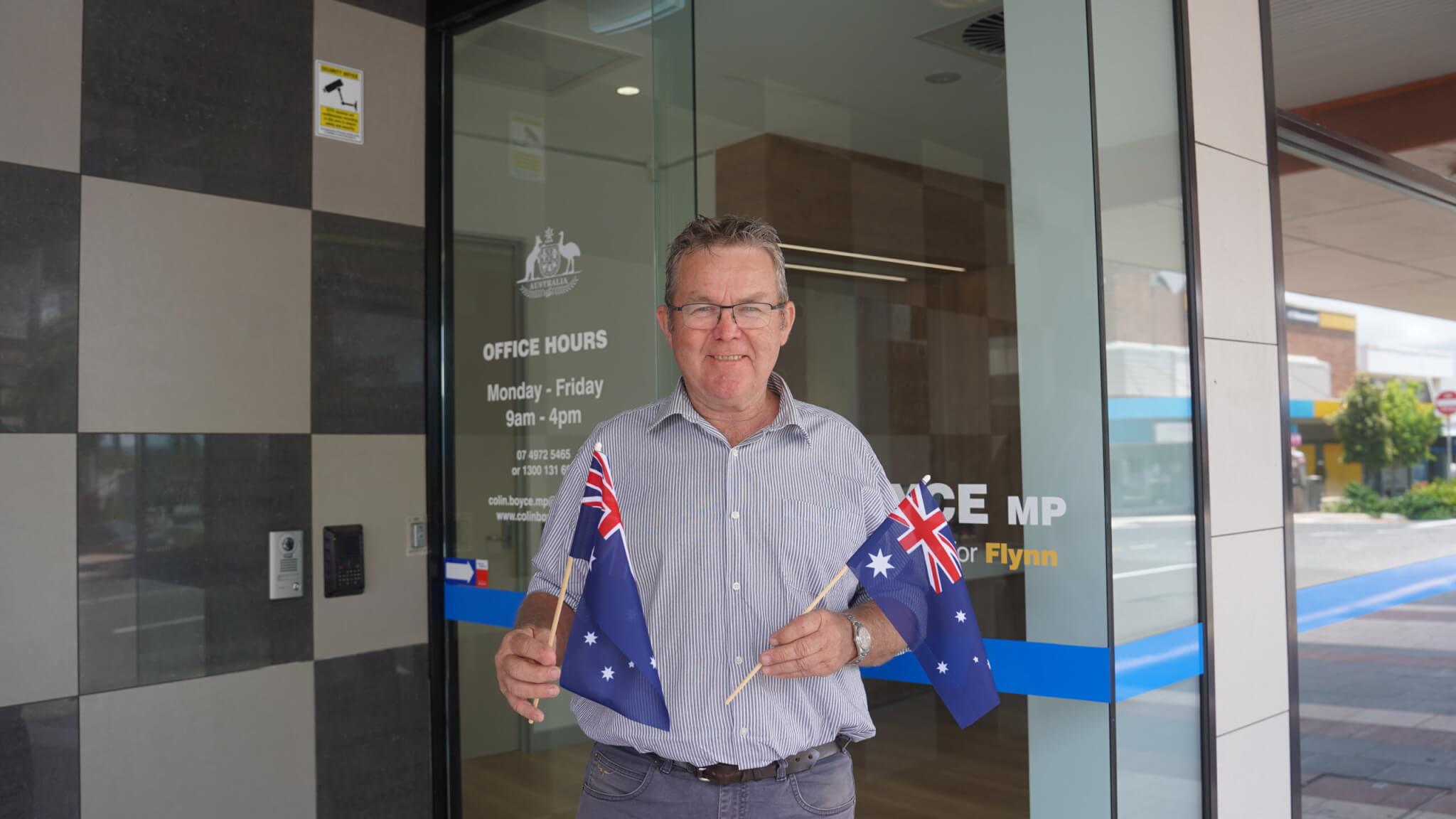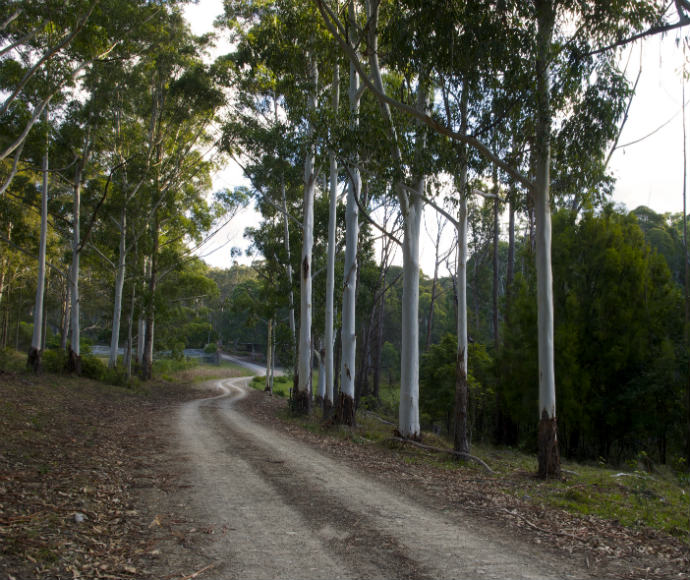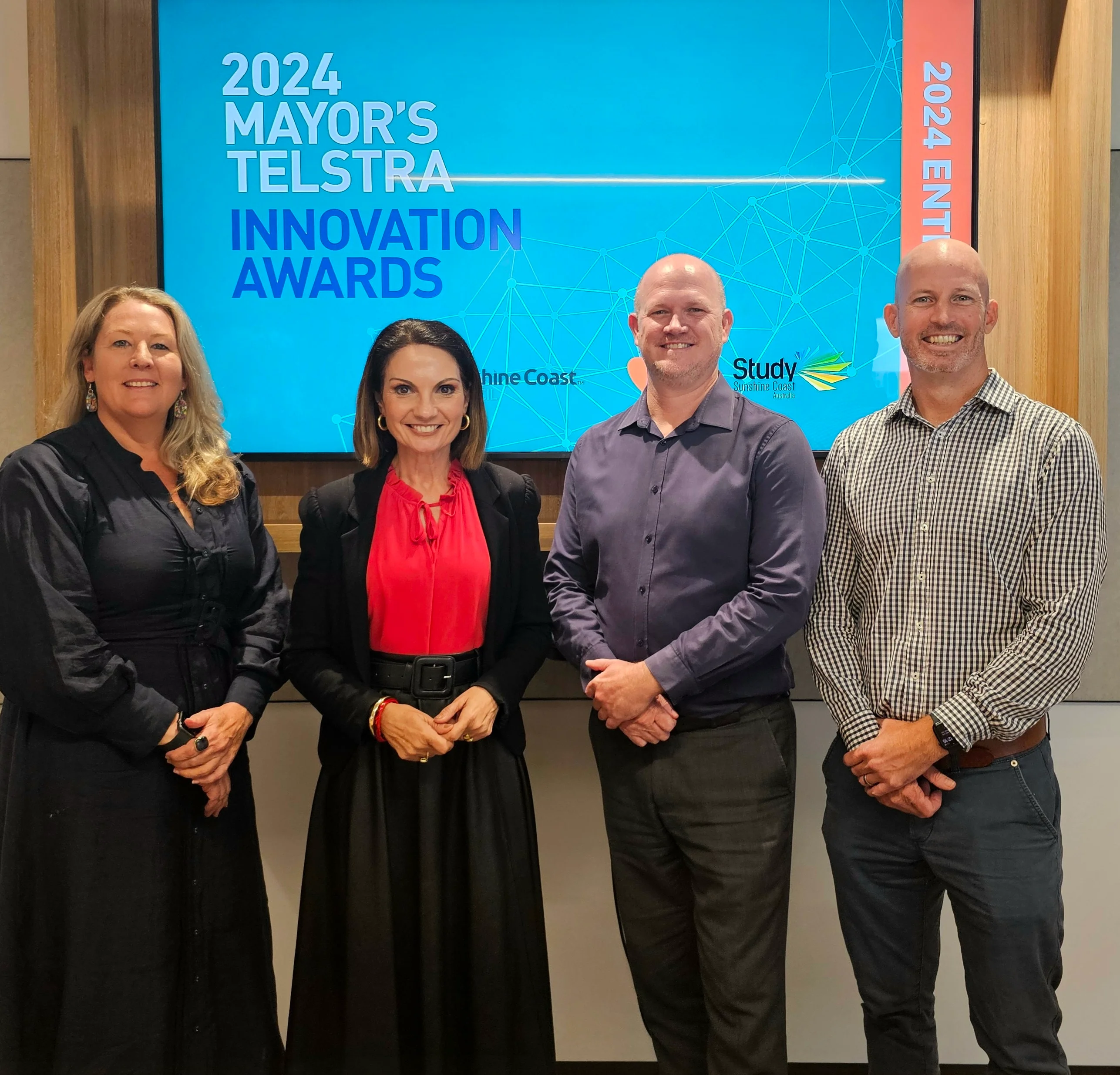What binds CFA members is the common goal to protect lives and property, but you’re a diverse bunch. Every member has a story and Faces of CFA introduces you to just some of those stories.

Erika Lind, Mt Taylor Fire Brigade, District 11
What is your CFA role?
At CFA I’m a firefighter. I also cross-train with Tambo Valley SES Unit’s Road Crash Rescue crew. However, my main leadership roles are with Forest Fire Management Victoria (FFMVic) – in fireline leadership roles and as a Burn Officer In Charge for planned burns.
Why did you join?
My father competed in the CFA Rural Championships, and this started me competing when I was 11 years old. I enjoyed the physical nature and challenges of the Championships so much that I completed my Minimum Skills and became a senior member at age 16. Fifteen years on, it’s become my career.
What incident has had the greatest impact on you?
When you’ve attended car accidents and fatalities along the Great Alpine Road you quickly realise the critical reliance on volunteers as first responders at these complex scenes, whether they are Ambulance Community Officers, SES volunteers or CFA volunteers. Back-up crews can be an hour or more away. This was the main reason I started cross-training with our local SES unit and why I became accredited in Road Crash Rescue.
Unfortunately all my skills were needed when we were the first fire and rescue vehicle to arrive at a serious car accident. Stepping out of the truck to lead a crew at a scene like this can make you doubt your ability. I made a conscious decision to take a breath to settle the adrenaline and objectively get my head around what was in front of us.
This job was a test of balance between patience and urgency, strength and sensitivity, empathy for anxious local bystanders and objectivity towards the job. It was exhausting and challenging but looking at the determined faces of the locals I was working with kept me going. Only 24 hours earlier, some of us on scene had been working together in green overalls. It was the same mindset, just different colours and tool kit.
This job reinforced the importance of the training and gear familiarisation we’d done. When it counted we could actually help. It also highlighted the importance of the Peer Support Program and the significant work they do.
Who have been your mentors in CFA?
My dad. I can offload and talk things through with him; about a job, a decision or an idea. After decades of experience dealing with fire (and me) he gets it. I also have strong mentors in FFMVic and Women and Firefighting Australasia who help me sustain a career in fire management, push me beyond my comfort zone and really listen.
What has been the highlight of your time in CFA?
There have been so many, but starting a conversation around mental health at a joint agency preseason barbecue was significant. Using CFA and FFMVic’s mental health resources, and drawing on the little things that helped me maintain my mental health, I created a short presentation called How full is your water tank? This asked people to reflect on their capacity to respond to an incident based on all the other things going on in their lives that might push the water level to overflowing when they’re under pressure at a call-out. It resonated with my colleagues after significant fires and other challenges faced in rural communities.
What lessons are you most keen to pass onto other members?
Respect the value of difference. Diverse perspectives and opinions can be more uncomfortable to deal with in the short-term as they challenge our own ideas and assumptions, but in the long run better quality decisions will be made because our ideas have been challenged and we’ve been forced to think deeper about them.
Don’t let assumptions based on uniform colour, badges worn or not worn, or what someone may look like cloud your judgement of their value to the job at hand.
Whether you are leading a crew, teaching skills, engaging with community or participating in a meeting, pitch your ideas or instructions in the context of why you think that. This will help people buy into your end goal and it gives more transparency as to what you want to achieve.








